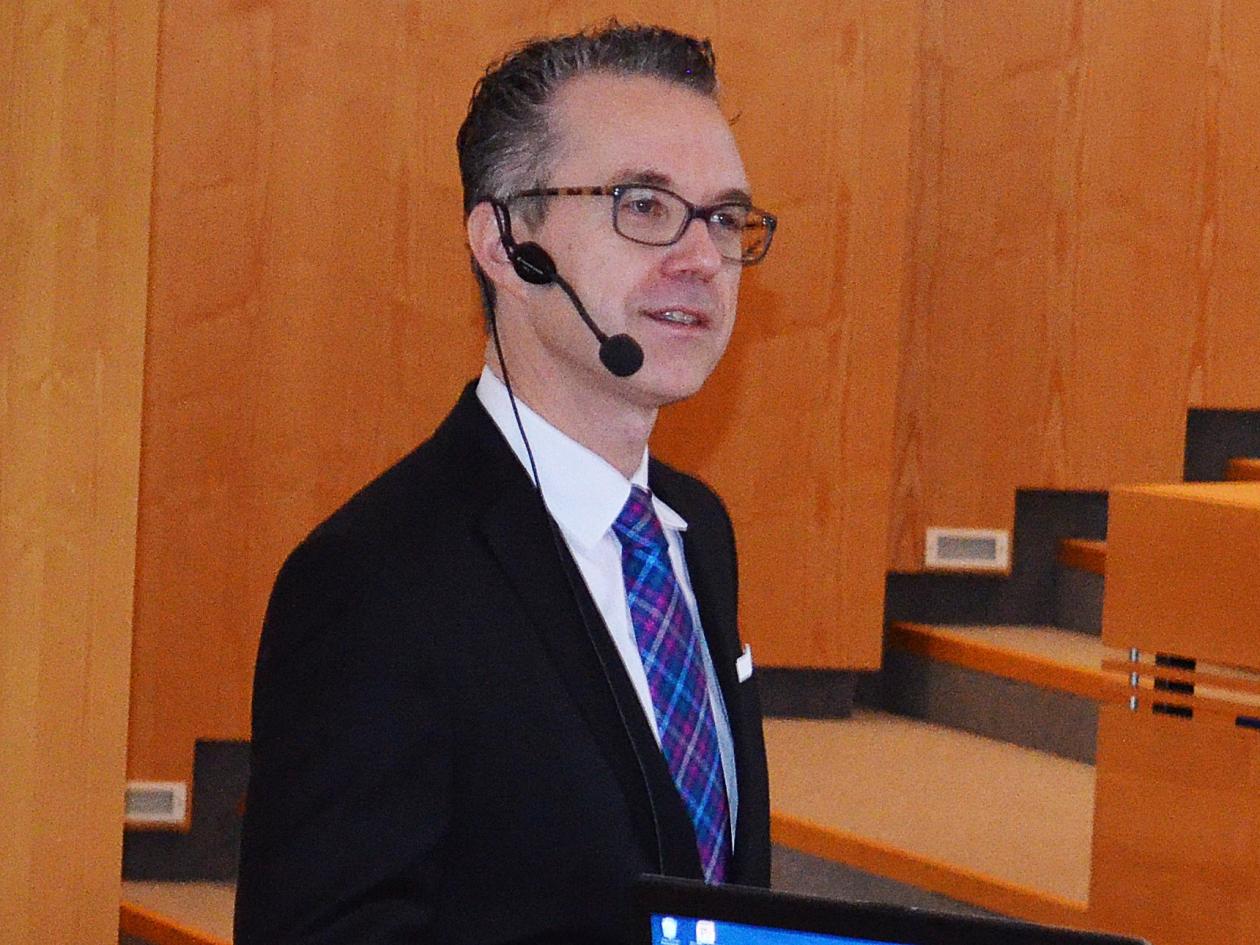Innovation Forum Optogenetics lays the foundation for a research agenda
Biological functions can be controlled with light. Using this mechanism, the participants of the Innovation Forum on Optogenetics - Technologies and Potentials (INOTEP), which took place in Hanover on November 28th and 29th, 2017, want to make far-reaching progress in medicine and other disciplines. Researchers are well on the way to sustainably reactivate damaged visual nerves using optogenetics. Muscles, too, can be specifically stimulated with optical impulses today. Which other future applications, products and services are conceivable? Examples of concrete approaches were presented by speakers from all over Germany, giving the 70 participants impulses for the generation of completely new ideas and approaches.
"Lower Saxony already has outstanding research results in optogenetics. For the state government, this research area has high priority, "stated Dr. Berend Lindner, State Secretary in the Lower Saxony Ministry of Economic Affairs, Labor, Transport and Digitalization. Barbara Reddig from the German Aerospace Center (Deutsches Zentrum für Luft- und Raumfahrt, DLR) thanked the Laser Zentrum Hannover e.V. (LZH) as the initiator of the forum: "This is knowledge transfer at the highest level, which strengthens the profile of the Hannover Region."
The still young research field of optogenetics offers numerous promising treatment approaches on the basis of optics and genetics. In addition to the technical exchange, the Innovation Forum acted as a platform for establishing a sustainable technology alliance, which also includes actors from biology, medicine and related disciplines.
Seeing again thanks to optogenetics
Nationwide, about 40,000 people are affected by retinitis pigmentosa (RP), a degenerative retinal disease that irreversibly destroys photoreceptors in the eye. Combined with special vision aids, optogenetics could help in the future: Adeno-associative viruses (AAV) injected under the retina reactivate human photoreceptors, allowing light-induced currents to be restored. If the patient carries a biomimetic vision aid, it amplifies the light so that the signals are transmitted to the brain via the retina.
Relieve tremor in Parkinson's disease
In conjunction with imaging techniques, it is even possible to use optogenetics to create and visualize a functional mapping of neural networks. Nervous systems can be further explored. In the future, first insights into deep brain stimulation with optogenetic methods could help relieve the tremor in Parkinson's patients.
The optogenetic muscle pump
Cardiac or laryngeal pacemakers that stimulate with electrical impulses are stressful for the patients, among other things because of the high signal strength and the possible tissue damage. In contrast, light pulses are non-invasive and selectively usable. If they encounter light-sensitive proteins, they can trigger muscle contractions.
Artificial muscle tissue can be grown in the laboratory today. Soon, the researchers want to implant this in the human heart, to replace the damaged tissue after an infarction. The breeding of complete organs is not yet in sight, but parts of organs. The contraction and frequency of such artificial muscles can be controlled by injecting channelrhodopsins and using optical pulses.
Challenges for industry and science
"If these therapeutic approaches are to be translated into clinical applications, not only new medical devices are needed, but also further research," explains forum spokesman Professor Alexander Heisterkamp, member of the Scientific Directorate of the LZH. These include novel implantable light sources that can adequately illuminate large tissue areas. It also needs to be clarified if immune reactions are taking place, and how to these and other side effects can be prevented. Further light-sensitive proteins and their functions have to be explored and the contraction forces of artificial muscle tissue increased. In addition, researchers want to find out how specific cells in the brain can be targeted.
Design Thinking: Developing innovations from the customer's point of view
In addition to the lectures, the organizers of the LZH inspired the participants with new methods of innovation finding in workshops and speed meetings. For example, the idea for a startup was born, whose business model is based on self-regulating optogenetic insulin production.
The innovation forum Optogenetik was accompanied by an industrial exhibition. At www.inotep.de, participants and other interested parties can find out about the results of the event and network with each other.
The Innovation Forum Optogenetics was supported by the Federal Ministry of Education and Research (BMBF) within the Innovation Forum Mittelstand. The aim of the program is to help small and medium-sized enterprises (SMEs) develop trendsetting products and services.
For the press release there are five illustrations and a video of the state capital Hannover on the topic of optogenetics.

